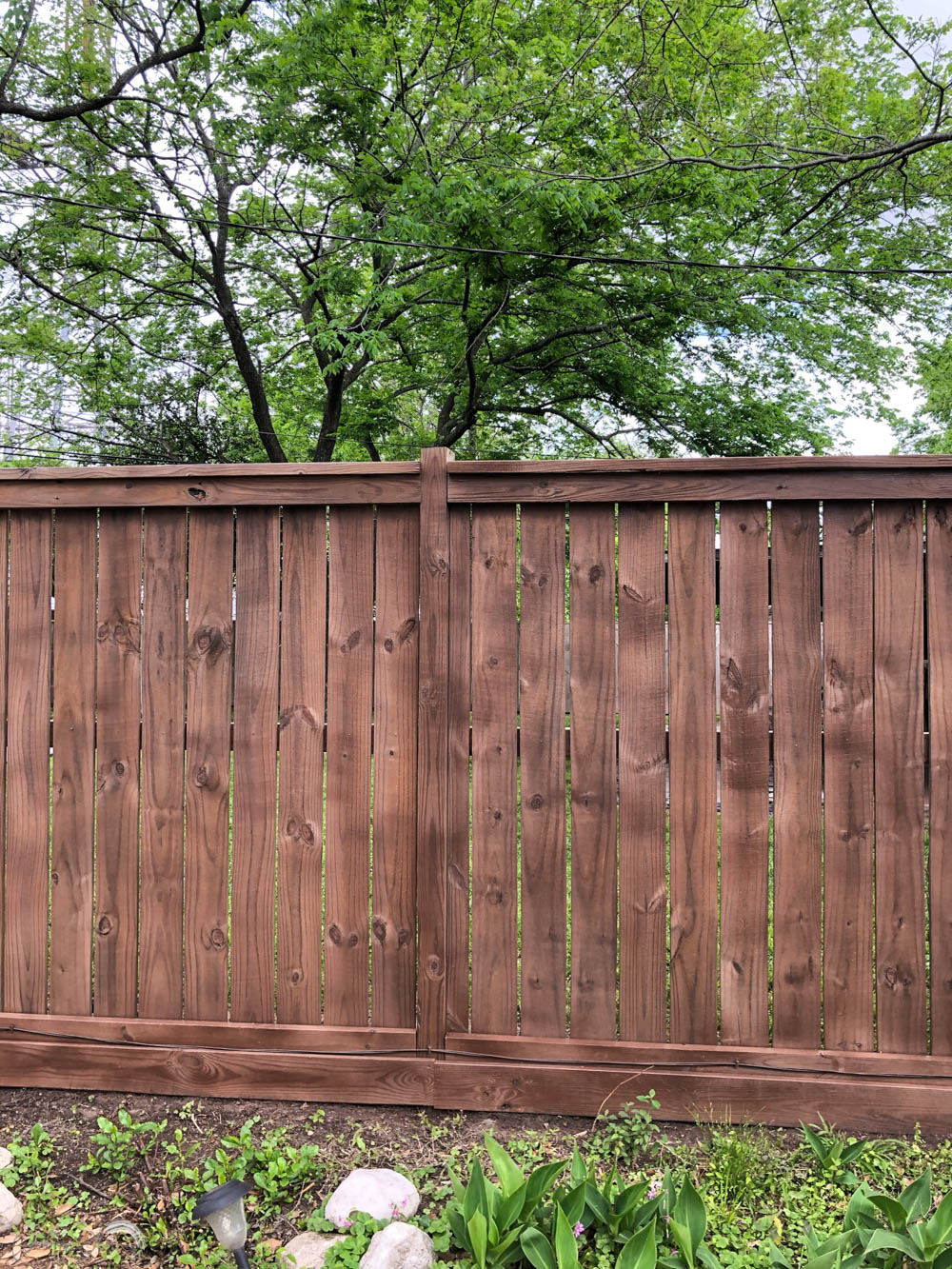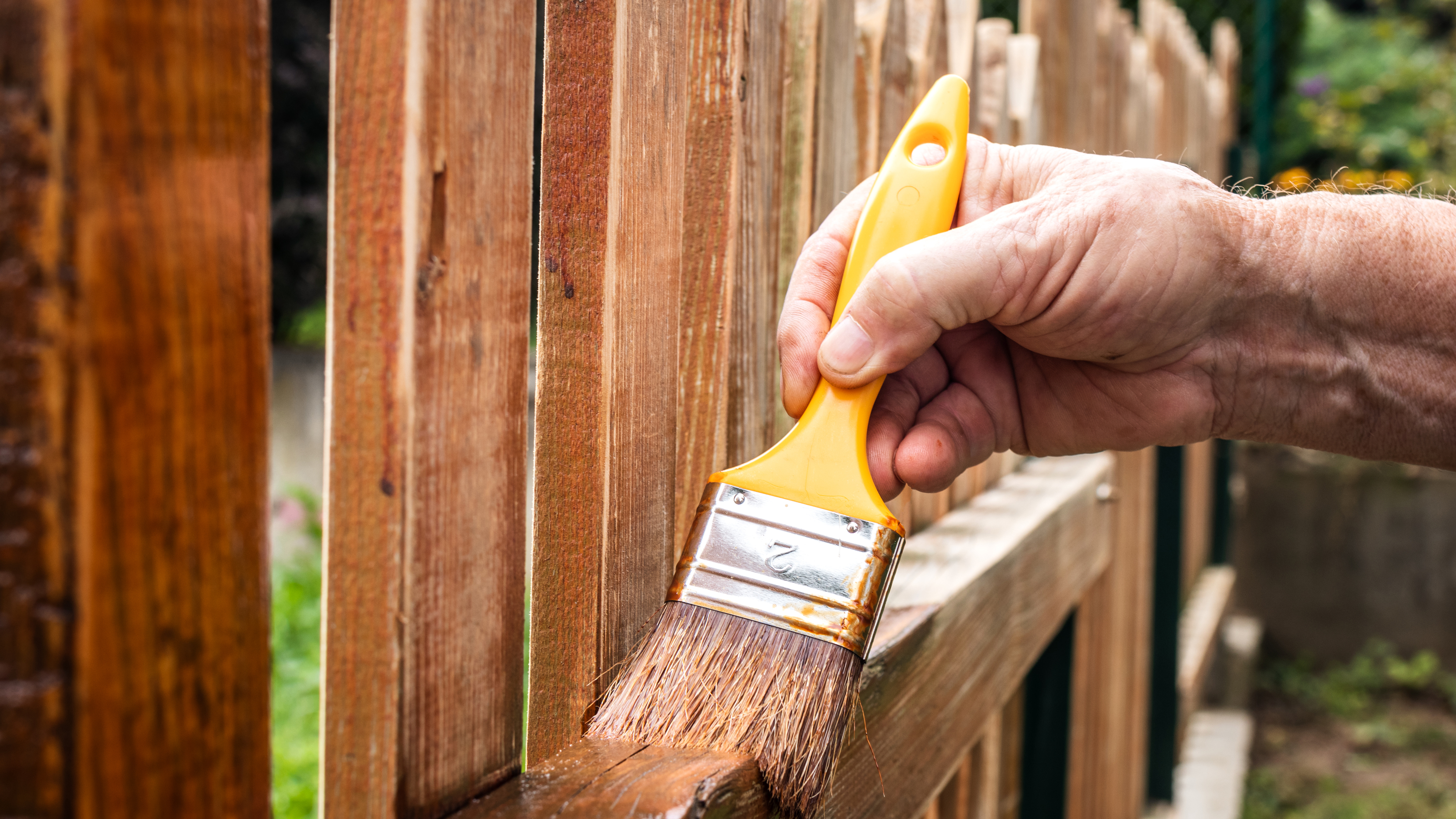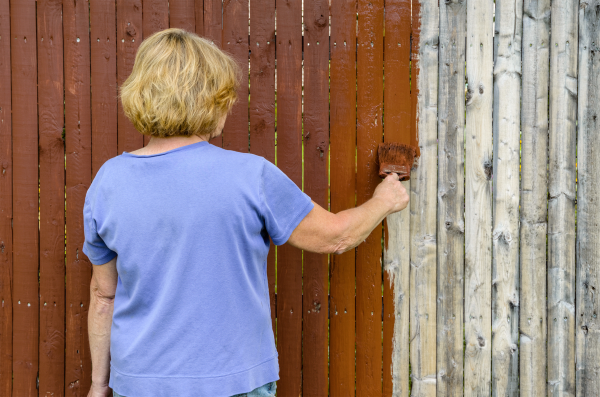Necessary Tips for Deck Discoloration Success
Attaining a flawlessly stained deck requires greater than just a brush and a canister of tarnish. The key to a successful deck discoloration project hinges on the careful attention to information and adherence to important steps. From picking the appropriate sort of discolor to understanding the art of application, each stage plays an important duty in the last result. Whether you are a seasoned DIY fanatic or starting your first deck discoloration adventure, understanding the nuances of the process can make all the difference in the durability and visual allure of your exterior area.
Picking the Right Discoloration
Selecting the ideal tarnish is critical in accomplishing a sturdy and visually pleasing surface for your deck. deck cleaning near me. When picking a discolor for your deck, it is important to consider variables such as the timber kind, wanted color, level of protection required, and upkeep choices
Firstly, consider the kind of timber your deck is made of, as various wood varieties might react in different ways to specific kinds of stains. Woods like oak or mahogany might require different stains compared to softwoods like want or cedar. Recognizing the characteristics of the timber will aid you pick a tarnish that permeates efficiently and boosts its natural appeal.
Next, consider the shade you want for your deck. Stains can be found in a selection of colors, from natural tones that boost the wood's grain to more opaque colors that offer far better UV protection. Choose a color that matches your exterior area and matches your aesthetic preferences.
Additionally, assess the degree of defense the tarnish offers. Some spots offer much more considerable security versus UV rays, dampness, and mildew, which can lengthen the life of your deck. Balancing defense with looks is key to accomplishing a resilient and visually appealing surface.
Preparing the Deck Surface Area
To make sure an effective application of the chosen discolor, thorough preparation of the deck surface is crucial. Start by cleansing the deck extensively to remove dirt, particles, and any kind of previous coverings. Utilize a deck cleaner or wood brightener together with a stiff-bristled brush to scrub the surface clean. Pay attention to locations vulnerable to mold and mold growth. After cleaning, enable the deck to completely dry totally prior to continuing.
Replace or fix these as required to ensure the structural integrity of the deck. This action not only aids the tarnish stick much better however also boosts the general appearance of the deck.
Using the Discoloration Correctly

When applying the stain, make use of a sprayer, roller, or paintbrush, depending on the kind of stain and the size of the deck. Apply the discolor in the instructions of the wood grain to make certain even insurance coverage and a professional coating.
Permit the very first layer to dry entirely prior to deciding if a second layer is essential. Comply with the producer's instructions pertaining to drying out times and reapplication. Proper application of the tarnish is essential for shielding your deck and improving its look for many years to find.
Keeping Your Tainted Deck
After effectively applying the discolor to your deck, preserving its look and safety top qualities is essential for long-term toughness and visual charm. Routine maintenance is crucial to protecting the appeal and kansas fence company honesty of your tarnished deck. Resolving concerns promptly can prevent them from worsening and extend the life of your discolored deck.

Troubleshooting Common Issues
Recognizing and attending to common concerns that might occur with your tarnished deck is crucial for guaranteeing its longevity and optimum performance. One usual problem is peeling off or flaking of the tarnish. This can happen as a result of bad attachment triggered by poor surface area preparation or using the stain in negative climate condition. To remedy this, the influenced areas need to be removed, sanded, and effectively re-stained following maker standards.
Another issue commonly experienced is mold and mold development on the deck surface. This can be associated to moisture retention, lack of sunlight, or inappropriate ventilation. To tackle this issue, a thorough cleaning with a mold and mildew and mold remover complied with by appropriate drying out and application of a mold-resistant tarnish is essential.
Moreover, fading of the tarnish shade with time is a prevalent issue. UV exposure and severe weather condition can create staining. To resolve this, choosing a premium, UV-resistant discolor and using a fresh layer regularly can assist maintain the deck's aesthetic appeal.

Conclusion
To conclude, effective deck discoloration requires picking the ideal discolor, effectively preparing the deck surface area, applying the tarnish properly, and preserving the tarnished deck. By complying with these essential pointers, you can accomplish a beautifully tarnished deck that enhances the general appearance of your outside space. Bear in mind to troubleshoot any kind of typical issues that might occur throughout the staining procedure to make sure a lasting and aesthetically try this appealing outcome.
Achieving a flawlessly stained deck calls for more than simply a brush and a can of discolor.To guarantee an effective application my company of the selected tarnish, complete prep work of the deck surface is vital. When applying the stain, make use of a sprayer, roller, or paintbrush, depending on the type of discolor and the size of the deck.Recognizing and attending to common concerns that might occur with your discolored deck is essential for ensuring its durability and optimum efficiency.In verdict, successful deck staining requires selecting the ideal tarnish, appropriately preparing the deck surface area, using the tarnish correctly, and maintaining the discolored deck.